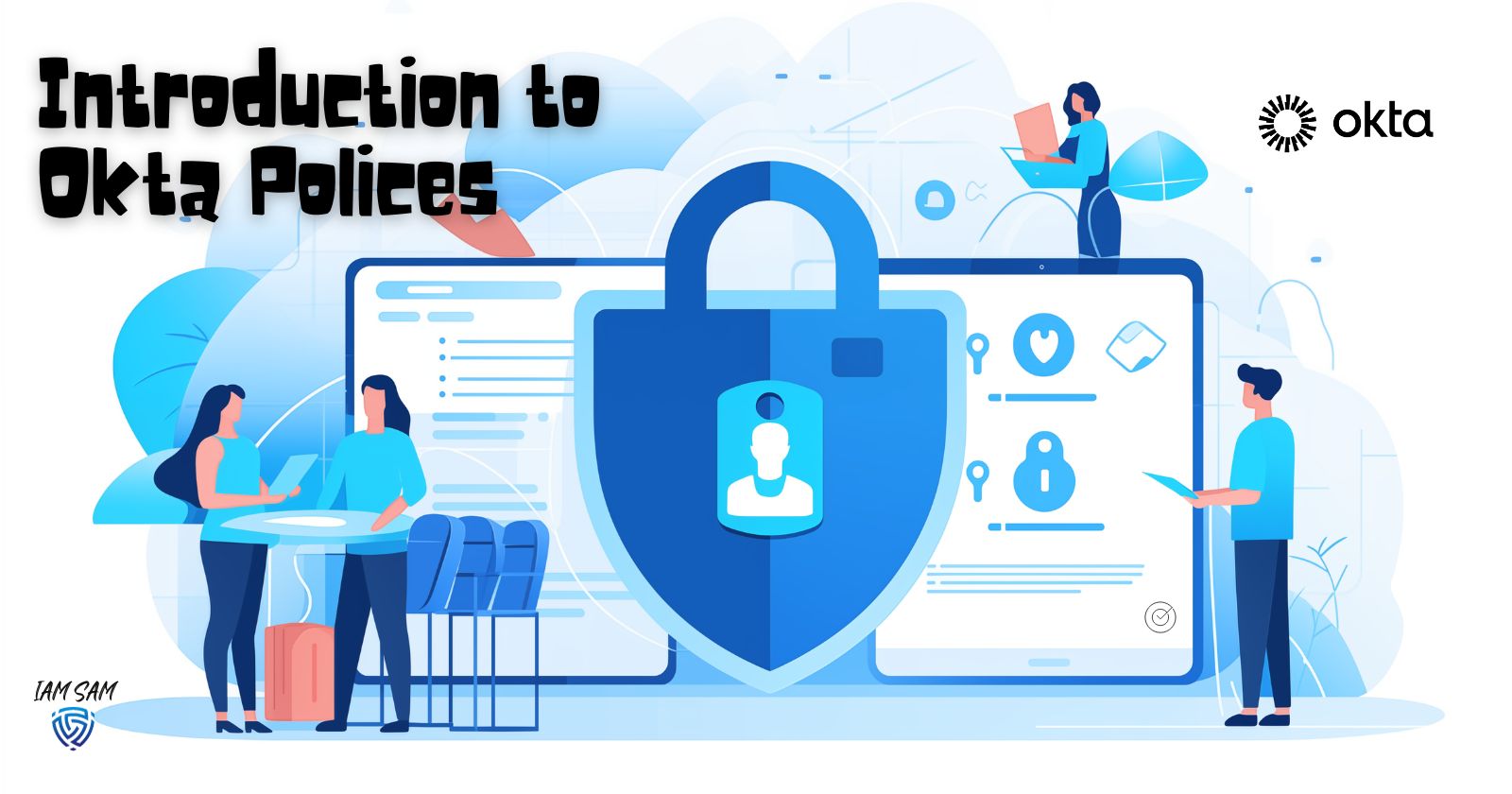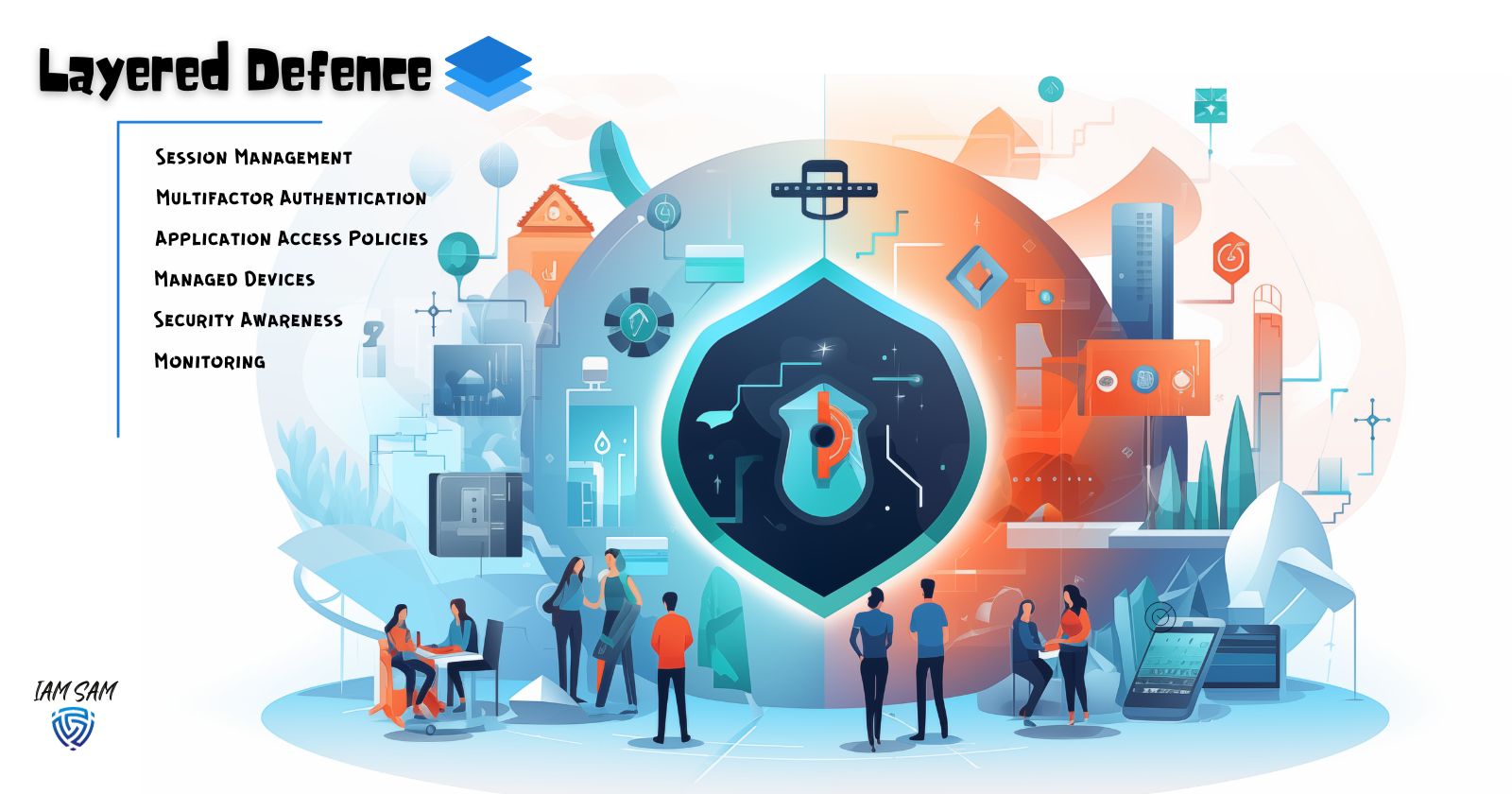Introduction to Okta Policies
Today, I would like to explore the fascinating world of Okta Policies. These policies are not just ordinary features but the foundation of identity and access management within the Okta ecosystem.
Join me as we delve into the intricacies of Okta Policies. Whether you are a seasoned security professional or a beginner in digital security, this series will guide you on effectively protecting and managing your online assets.
Understanding Okta Policies: Your Digital Security Toolkit
Okta Policies are the unsung heroes of digital security, acting as gatekeepers in your virtual ecosystem. They’re the rules and conditions that oversee who gets access to your applications and APIs, ensuring that the right people have access under the right circumstances. The Okta Policy framework, a combination of Policies, Rules, and Conditions, forms the core of your security strategy. Policies outline the overall access guidelines, Rules bring granularity, and Conditions specify when these guidelines apply.
The Essential Types of Okta Policies
Dive into the diverse world of Okta Policies, where each type serves a unique purpose:
Global Session Policy (GSP): The Gateway to Secure Access
The Global Session Policy is like your organization’s digital drawbridge. It governs the overall session management for users across your Okta environment. Here’s what the GSP does:
- Session Management: It defines how long a user session lasts and the conditions under which it remains valid. Think of it as setting the ground rules for how long users can stay logged in before needing to re-authenticate.
- Session Security: By managing session lengths and conditions, the GSP is crucial in mitigating risks associated with prolonged access, which can be a potential security threat.
MFA Enrollment Policy: Elevating Security with Multifactor Authentication
The MFA Enrollment Policy is your digital security guard, adding an extra layer of protection:
- Enhancing User Verification: This policy dictates how users enroll in different multifactor authentication methods, ensuring they provide additional proof of their identity.
- Customizable MFA Requirements: You can set which MFA methods are available and the conditions under which users must enroll, like when accessing sensitive applications or data.
Password Policy: The Foundation of User Account Security
The Password Policy is the bedrock of your security strategy. It’s all about creating robust first-line defenses:
- Strong Password Standards: This policy sets password length, complexity, and change frequency requirements. It’s about ensuring all user accounts have strong passwords to prevent unauthorized access.
- Password Recovery and Operations: Besides password strength, this policy governs recovery operations like password resets and self-service password unlocks, ensuring users have secure ways to regain access if needed.
Application Access Policies: Tailoring Access with Precision
Application Access Policies offer a laser-focused approach to securing each application:
- Specific Access Controls: These policies allow you to set who can access which application under what conditions. For example, you might require additional authentication steps for users accessing more sensitive apps.
- Context-Based Access Decisions: You can tailor these policies based on user roles, locations, devices, and other context-specific factors, ensuring that access is not only secure but also appropriate for each situation.
Understanding the evaluation of Okta Policies, especially the interplay between GSP and Application Access Policies, is crucial. The GSP sets the foundation for user authentication at the organizational level, while Application Access Policies come into play post-GSP evaluation, dictating specific conditions for each application access. This layered approach ensures that general session security and specific application-level security requirements are met, providing a comprehensive security model.
Evaluating Okta Policies: Layered Security in Action
Grasping the intricacies of assessing Okta Policies is critical to implementing a robust and effective security strategy. This process is vital when understanding the dynamic interplay between the Global Session Policy (GSP) and Application Access Policies.
Starting with the Global Session Policy (GSP): The GSP is the initial layer of defence. It establishes the foundational rules for user authentication across your entire organization. Think of it as setting the baseline for security, where it determines session lengths and the conditions under which these sessions are valid. For instance, specify a time limit for user inactivity before requiring re-authentication.
Application Access Policies – The Next Layer: After the GSP assessment, Application Access Policies come into the spotlight. These policies govern the specific conditions under which users can access each application within your organization. They allow for tailored security measures based on the application’s sensitivity, user roles, locations, and device types. For example, an application containing sensitive data might require additional authentication steps or be accessible only from certain network zones.
The Layered Approach in Practice: To understand how these policies collectively impact a user, consider a practical scenario: A user attempts to access a confidential financial application. First, the GSP checks if the user’s session is active and complies with the set session rules (like duration and inactivity). Next, the specific Application Access Policy for the financial application is evaluated. This policy might require the user to authenticate through an additional factor, considering the sensitivity of the data. This step-by-step evaluation ensures that security checks are thorough and contextual, aligning with the organization-wide session policies and the specific security requirements of each application.
Customizing Policies for Specific Needs: Remember, Okta Policies are highly customizable. You can tailor them to fit your organization’s unique security needs and your user base’s specific dynamics. Regularly review and adjust these policies to respond to new threats, changes in user behaviour, or shifts in your organizational structure.
By understanding and applying this layered approach to policy evaluation, you empower yourself to predict and determine how a set of policies will affect a user’s access within your Okta environment. This understanding is crucial in creating a security environment that is not only robust but also adaptable and user-friendly.
Conclusion
And there you have it – our introductory exploration of Okta Policies. We’ve just scratched the surface. Stay tuned for our next article, where we’ll delve deeper into the best practices for configuring these policies to maximize your organization’s security.
Thanks for joining me on this first leg of our digital security journey. Keep your curiosity piqued and your virtual defences strong! Until next time, let’s keep navigating the dynamic landscape of digital security together. 🔐🚀

